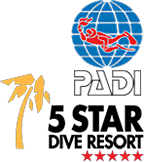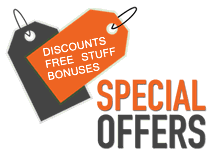Cenderawasih Bay, West Papua
Located in the Bird’s Head peninsula, Cenderawasih Bay is the location for the largest (1.5 million hectares) National Marine Park in Southeast Asia. Acclaimed as the ‘newest’ dive destination in the region, the bay is more than 300kms wide, and has a 700kms coastline with several rivers emptying into it.
Cenderawasih Bay includes 18 pristine paradise-like islands and combines a coral reef ecosystem with mangrove and terrestrial tropical forests. Here you can find endemic flora and fauna, including the Birds of Paradise.

Diving in Cenderawasih Bay
Diving here is done by liveaboard, usually on trips of 10 days and longer. The resident whalesharks are the primary reason people visit this remote area. They are resident simply because they have a continual supply of sardines that fall from the nets of the floating fishermen’s platforms. These massive, slow-moving fish simply ignore any divers and snorkellers; it really is an amazing and unique experience!
The Cenderawasih region is a remarkable dive destination for large and small animals, beautiful reefs bursting with life, and a dozen WWII shipwreck sites across the bay. One of the most famous wrecks is the Shinwa Maru which lies at 16-34m, a large cargo vessel with two huge holes from bomb damage on its starboard side. Other famous dive sites in this region are Kwatisore Bay, well known for the whalesharks and Sungei Omiand, a muck site with a black volcanic sand seabed.
Cenderawasih Bay is a perfect remote destination for a sailing holiday and one of the best scuba diving destinations in Indonesia.

Cenderawasih Bay Diving Conditions
Diving here is basically good year round however the liveaboard ‘season’ is normally May to October. Heavier rain can be expected July/August and November/December. Surface conditions are usually calm with currents ranging from moderate to strong depending on the dive site. The visibility is 10-30m with the temperature relatively constant at 27°-30°C.

How to reach Cenderawasih Bay
Most liveaboards use the 3 small towns of Manokwari, Biak and Nabire as their embarkation and disembarkation ports. There are daily domestic flights from Jakarta to Manokwari, Biak or Nabire (with stopovers in Makassar/Surabaya and Sorong). Carriers servicing the area are Garuda Indonesia, and Sriwijaya Air. Another option is to fly from Manado to Sorong and take a connecting flight to Manokwari.
For more information on Cenderawasih Bay diving, dive resorts, transfers, and to start your planning, please contact AMD-B’s ‘Beyond Bali’ Dive Travel Consultants today. As always, they will be more than happy to offer recommendations and make arrangements to suit your preferences. Contact us on Tours@AquaMarineDiving.com today!








